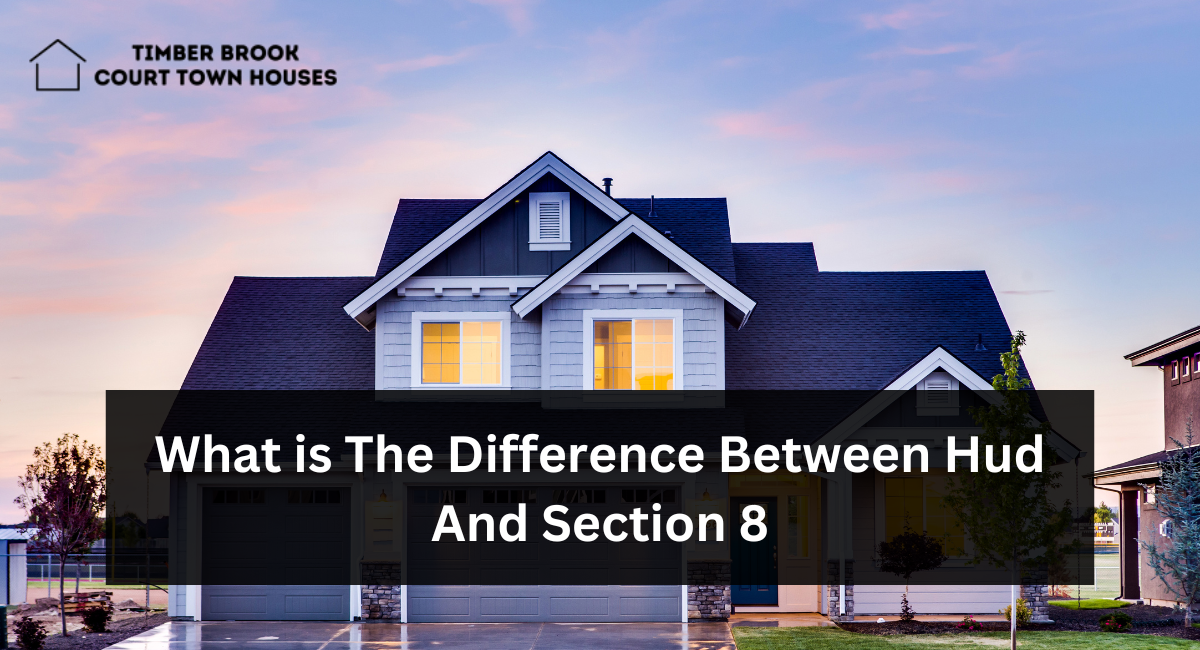While both government-sponsored housing programs, public and Section 8 housing vary significantly in some fundamental ways. Public housing requires residents to reside exclusively in government-operated buildings; Section 8 allows vouchers to be redeemed in private apartments or homes.
Landlords looking for tenants through Section 8 programs should utilize income limits as qualifying criteria, perform regular inspections on the property, and eliminate non-essential items before accepting deposits, as security deposits can decrease the chances of getting Section 8.
Eligibility
Eligibility requirements for Section 8 vary by region and are determined by income limits set forth by the Department of Housing and Urban Development (HUD). Furthermore, eligibility depends on several other factors, including household size and whether children reside within it. HUD will verify your income as part of this process annually and verify any household members over 16 who apply.
As part of the application process for Section 8, the first step should be contacting your local public housing authority (PHA). You can do this online or over the phone. After reviewing and accepting your application, a background check will occur before providing references and proof of income, which are required to secure housing. Once approved, searching for apartments or homes should begin immediately.
With the Section 8 voucher program, families can select any private rental unit – single-family homes and apartments alike – within any rental market. The federal government subsidizes rent, so 30% of adjusted income goes directly towards rent payments. At the same time, PHA pays the remaining balance to landlords on behalf of your family.
HUD-funded Section 8 rental assistance programs offer rental assistance to low-income families. Rent subsidies are calculated based on payment standards – fair market rent for your area – which must account for at least 30% of adjusted income in rent and utility payments. Your PHA will help determine this standard; contact them for more details.
Rents
Section 8 rent assistance provides participants with vouchers to pay the housing cost. Congress established this program 1974 to help low-income families find decent, affordable housing outside public housing units. To qualify, families must meet income criteria and pass background checks and other housing-related standards before being approved to choose an apartment or single-family home that meets their needs – often an apartment. Once accepted into this program, payments from their local public housing authority (PHA) will be sent directly to landlords on behalf of families, covering some or all rent payments for families from their PHA, covering some or all rent payments for families allowing low-income families.
PHAs must establish fair market rent for each location based on local averages such as rental rates in their region and type of dwelling, which then determine the maximum amount of assistance that participants can receive based on “payment standards,” which may differ based on region and dwelling type.
Your landlord will require that you sign a lease and place a security deposit; its length depends on your situation and PHA rules; should you want to move after one year, you must inform them in advance.
Leases
There are various lease agreements landlords can offer Section 8 tenants. A one-year lease is commonly required as a security deposit and rent payment; however, some landlords offer more extended contracts. Either way, all lease agreements must be approved by their local public housing authority (PHA), which will verify tenant income before approving program participation.
Landlords who accept Section 8 must provide housing of similar quality as those renting privately while adhering to fair market rent. Furthermore, landlords must ensure their rental property complies with HUD requirements such as safety and sanitation; their local PHA will inspect this unit to ensure these standards have been met.
Under Section 8, there are three different housing programs. The first type is public or project-based; local PHAs receive allocations from HUD to build or renovate public housing for households to move into. Tenant-based or voucher-based programs come in second. Finally, privately owned apartment buildings with voucher subsidies receive tenant rent subsidies from which families using vouchers rent apartments. Only 30% of their income goes directly to landlords, while the remaining funds go back into local PHA accounts.
Payments
Section 8 rent assistance is typically awarded directly to landlords for eligible families with contracts with their local public housing agency (PHA). In return for agreeing to contribute 30% of their adjusted income towards rent payments, PHA sends payments directly to property owners while simultaneously conducting inspections to ensure it satisfies HUD quality standards.
Most places have more applicants for Section 8 vouchers than available vouchers, meaning applicants may have to wait several years until they are granted one. While waiting, applicants must comply with program requirements such as attending annual meetings, responding promptly to HUD inspection requests, and keeping their income within their limits.
The PHA determines its payment standard based on several factors, including the cost of living in the area and how quickly families find housing through Section 8. It generally falls between 90 and 110 percent of Fair Market Rents published by HUD and can range between these percentages.
There are various types of Section 8 rental subsidies, including the Housing Choice Voucher program and project-based programs financed through loans from HUD that provide rent subsidies for units owned by private landlords who sign contracts with HUD to rent them out.
Conclusion:
In wrapping up the exploration of HUD and Section 8, it’s clear that while they are interconnected, they serve distinct roles in affordable housing. HUD, the U.S. Department of Housing and Urban Development, is the overarching federal agency overseeing various housing programs, policies, and initiatives. Section 8, on the other hand, is a specific program under HUD that provides rental assistance to eligible low-income individuals and families.
Understanding the difference between HUD and Section 8 is crucial for tenants and landlords navigating the intricacies of affordable housing. By comprehending these distinctions, individuals can make informed decisions and access the resources needed to create and maintain stable, affordable living environments.

